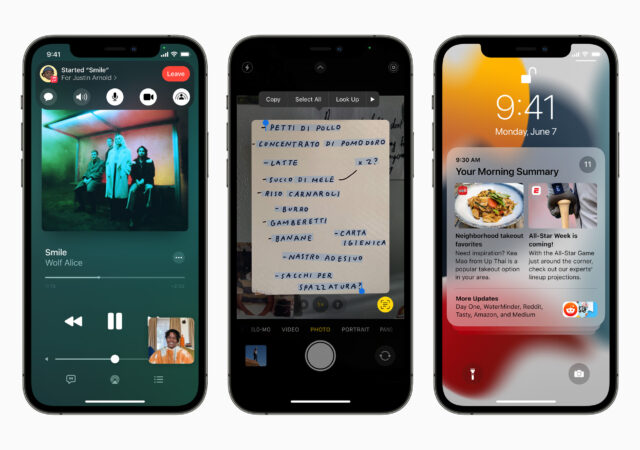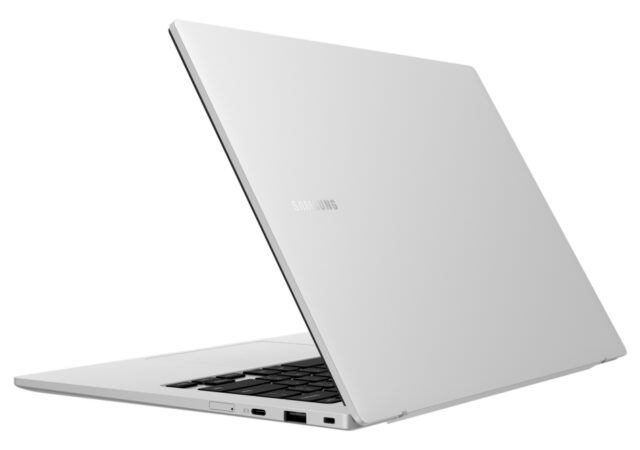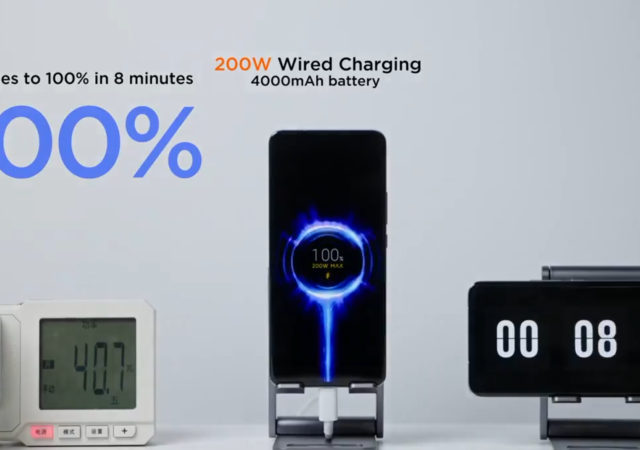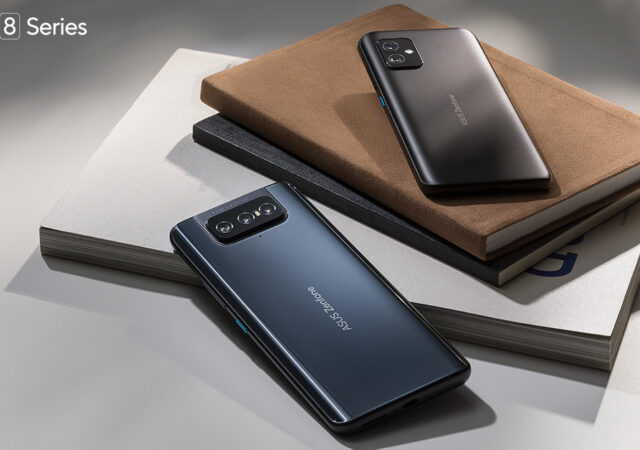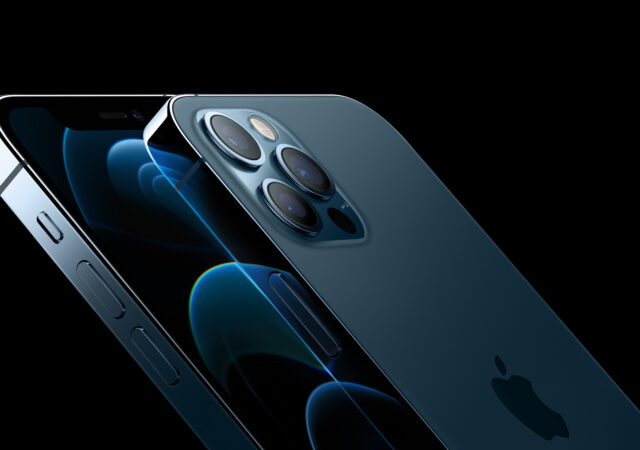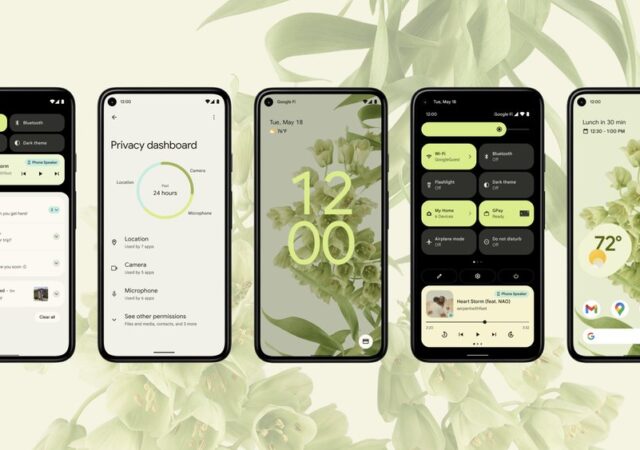Apple’s WWDC 2021 reveals the iOS’s biggest update in the form of the iOS15 available for iPhones Fall this year 2021.
Samsung’s Galaxy Book Go and Galaxy Book Go 5G Brings Qualcomm’s Snapdragon Compute Platform to Windows.
Samsung Galaxy Book Go marries the goodness of Qualcomm’s Snapdragon 7c SoC to Windows’ goodness for all-day battery and great performance.
Xiaomi Introduces 200W “HyperCharge” to Charge Your Smartphones in 8 minutes.
Xiaomi introduces new “HyperCharge” technology charging smartphones at 200W in 8 minutes and wirelessly at 120W in 15 minutes.
ASUS Zenfone 8 & Zenfone 8 Flip Make Malaysian Debut
ASUS brings the latest Zenfone 8 series to Malaysia with a new approach to flagships with killer specifications and an unbeatable price.
Tech & Tonic S02 Episode 13 – Our Google I/O 2021 Highlights!
In this episode of Tech & Tonic Podcast, we talk about Google I/O 2021 and what we think made the conference a great one.
Apple Releases iOS 14.6, iPadOS 14.6, macOS Big Sur 11.4, watchOS 7.5, and tvOS 14.6
Apple brings iOS 14.6, iPadOS 14.6, tvOS 14.6, macOS Big Sur 11.4, and watchOS 7.5 updates with added features.
Honor Devices Confirmed to Ship with Google Play Services
Honor scores a win with the confirmation of the company’s upcoming device shipping with Google Play Services.
[Google I/O 2021] Android 12 is a Big Visual Change for You
Google I/O sees the introduction to Android 12. The latest generation of the world’s most popular OS gets a major design overhaul.
Google I/O 2021: Everything You Need to Know
Google I/O 2021 proved to be the biggest one yet, not just in terms of numbers, but in terms of what they have announed for 2021 and beyond.
OPPO A74 Makes Malaysian Debut While the Reno5 Gets A Price Cut
OPPO is getting really busy with more and more devices coming into the Malaysian market. Just a few weeks back, the company launched their most affordable 5G smartphone, the OPPO A74 5G. The 4G variant of the OPPO A74 is…



